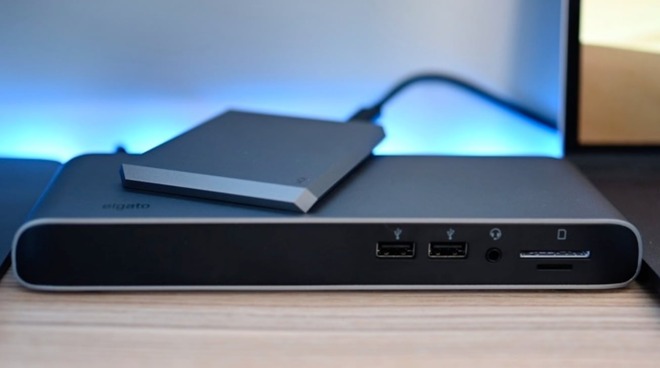


- KENSINGTON HARD DRIVE FOR MAC FOR MAC
- KENSINGTON HARD DRIVE FOR MAC INSTALL
- KENSINGTON HARD DRIVE FOR MAC DRIVER
I have to put this down to some firmware or interaction issue specific to the drive rather than the dock. macOS, Linux or any machine that supports a USB mass storage device.
KENSINGTON HARD DRIVE FOR MAC FOR MAC
For Mac computers, go to the Apple menu and select Software Update. Another option is the use of a PCIe SSD card in one of the slots which can typicially support either 1 or 2 2.5' SATA SSD drives, or more recent ones that support M.2 SATA or even PCIe SSD modules. One is to use a readily available drive tray/adapter to convert an off the shelf SATA SSD to 3.5' drive bay. A hard drive I’ve used in previous USB 3.0 dock testing worked fine with the Kensington dock as well. Kensington SD5700T Thunderbolt 4 Docking Station, Dual 4K, 90W PD - Window and Mac OS. WDs best-selling My Book Essential USB external hard drive features WD SmartWare. The Aluminum Mac Pro Towers offer two solid-state drive upgrade options. The docks two USB 3.0 ports support super-speed data transfer of up to 5 Gbps.

In the Computer Management window, under Storage, click Disk Management. including keyboard, mouse, printer and external hard drive. A Mac or PC with a USB C, USB 3.0, or USB 2.0 port, and one of the following.
KENSINGTON HARD DRIVE FOR MAC INSTALL
Kensington Speaker Ao512010409 Install Support Provides.
KENSINGTON HARD DRIVE FOR MAC DRIVER
I tested the same SSD with a USB-C to Type-A (female) adapter from Apple connected to the same MacBook, and it tested out correctly. Kensington Speaker Ao512010409 Driver For Mac. I contacted Kensington, which tried to duplicate the problem with other brands of SSD, and sent me the reports they had no problems. Because of how the MacBook is set up, I didn’t see a reduction in USB 3.0 speeds, but I wasn’t able to get a MyDigital OTG USB 3.0 drive to work consistently with benchmarking apps.ĭuring testing the SSD repeatedly would stall and then drop off the bus. I wanted to test throughput with both a 4K monitor connected and without, as USB-C has to commit some data lanes to DisplayPort video traffic for higher-resolution displays, and that in turn can reduce USB 3.0 rates to 2.0.


 0 kommentar(er)
0 kommentar(er)
